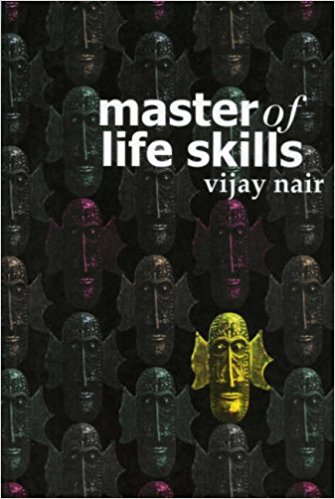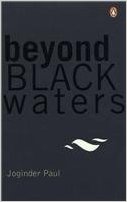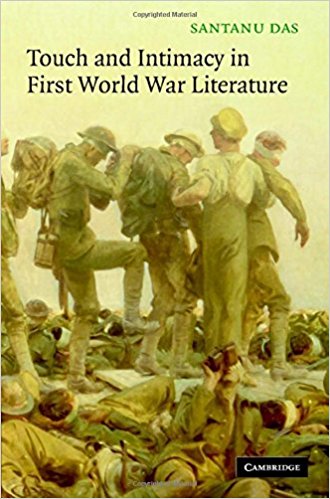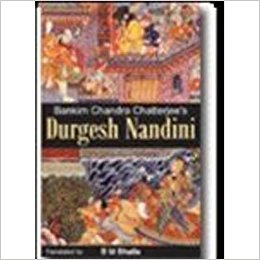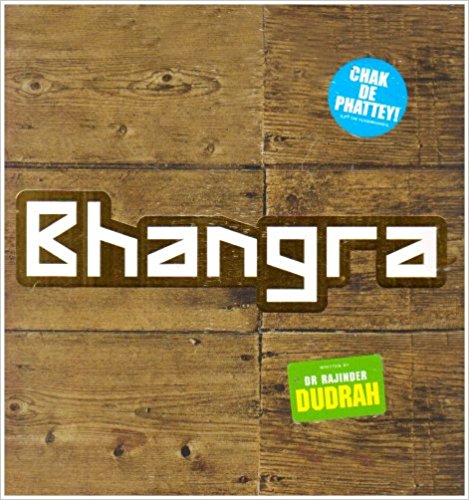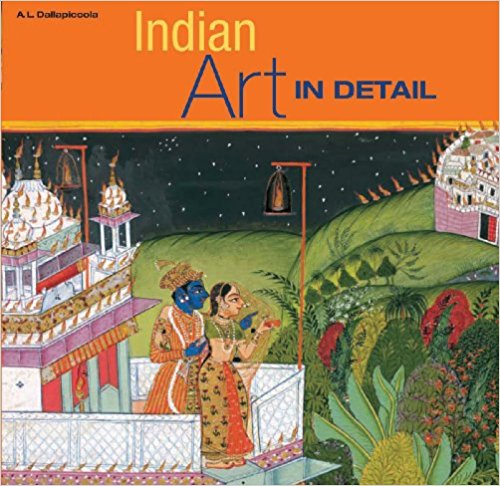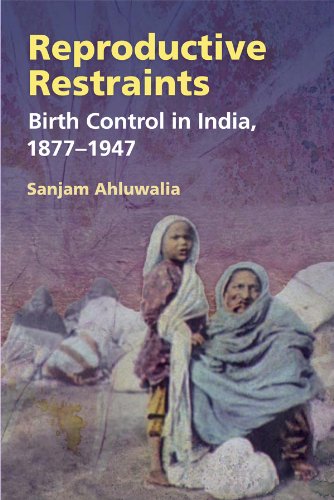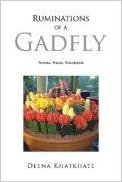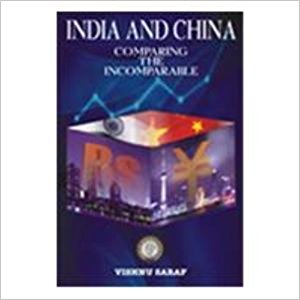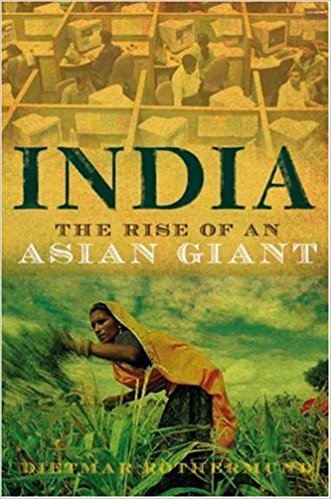Master of Life Skills, a first novel by Vijay Nair, an organization consultant, could not have been better timed. The present day urban landscape is replete with stories of battered lives seeking solutions through ‘process work’, ‘personal growth programmes’ etc.,
Archives
July 2008 . VOLUME 32, NUMBER 7In his book Redefining Urdu Politics in India (OUP, 2007), Ather Farouqui raised some very pertinent questions regarding the past, present and future of Urdu language in India.
Technology has taken over both the methods of warfare and its representations, and the human body, the victim of war’s cruelty, has been effaced from our perceptions of armed combats in recent times.
2008
Love and Samsara is a historical novel set in the sixteenth century. It explores the consequences of the discovery by Vasco da Gama of the sea route from Europe to India.The importance of this discovery has been a subject of revision since the fifties; the quinquennial celebrations of his landing in Calicut were deemed politically incorrect and had to be abandoned.
2008
Ever since he arrived on the literary scene in the second half of the nineteenth century, Bankim Chandra Chatterjee has never been out of the news, for the right or wrong reasons.
When Marx wrote Das Kapital, he theorized about the social relationships involved in the act of production of commodities under capitalism. But what happens when the commodities being produced are strictly speaking not of a material nature—for instance, what happens when stories are produced? Walter Benjamin addressed this question in one of his most brilliant essays, ‘Author as Producer’.
Having had the good fortune to have browsed through the animating ‘Soho Road to the Punjab’ Exhibition, curated by Rajinder Dudrah at the Brunei Gallery, SOAS, in London last September, the journey through his book, Bhangra, was partly familiar terrain.
The British Museum has initiated a new series of books which, in detail, discuss the preponderant motifs or themes that characterize the art of a particular region or religion.
In few areas of public life in India does such consensus prevail as on the issue of population; this is indeed one area in which Indians utterly cease to be argumentative. My medical students, for instance, invariably list ‘the population explosion’ as India’s biggest health problem.
The three parts that make up this book under review have been shared by the two authors; parts 1 and III, ‘The Context’, and ‘Comments on the ASI Report’, respectively have been written by Shereen Ratnagar while Part II, ‘An Analysis of the ASI Report’ is by D. Mandal.
This collection of eleven essays, based on lectures organized by the Nehru Centre, analyse different dimensions of rule of law. Despite the book’s title most of the essays deal with the Indian experience while drawing from developments in other parts of the world.
Deena Khatkhate, a front-rank economist, was Director of Research at the Reserve Bank of India, when he was spotted by the International Monetary Fund. He went on to serve in several high-ranking positions in that institution but threw it all up as he refused to conform to the Fund’s Holy Writ.
Since the 1960s, when coalition governments were formed in several states, coalition politics has engaged both political scientists and commentators alike on Indian politics.
Beginning from the year 2000, a year that marked the 50th anniversary of the setting up of diplomatic relations between India and China, the recent rise of China and India has witnessed a proliferation of literature on these two large and fastest growing economies of Asia.
As a senior European academician who has devoted a whole life to studying South Asian history and politics, Professor Dietmar Rothermund is best equipped to chronicle the rise of India as an ‘Asian Giant’. He has been visiting India for nearly five decades, and is a familiar face to Indian policy-makers and leaders.

